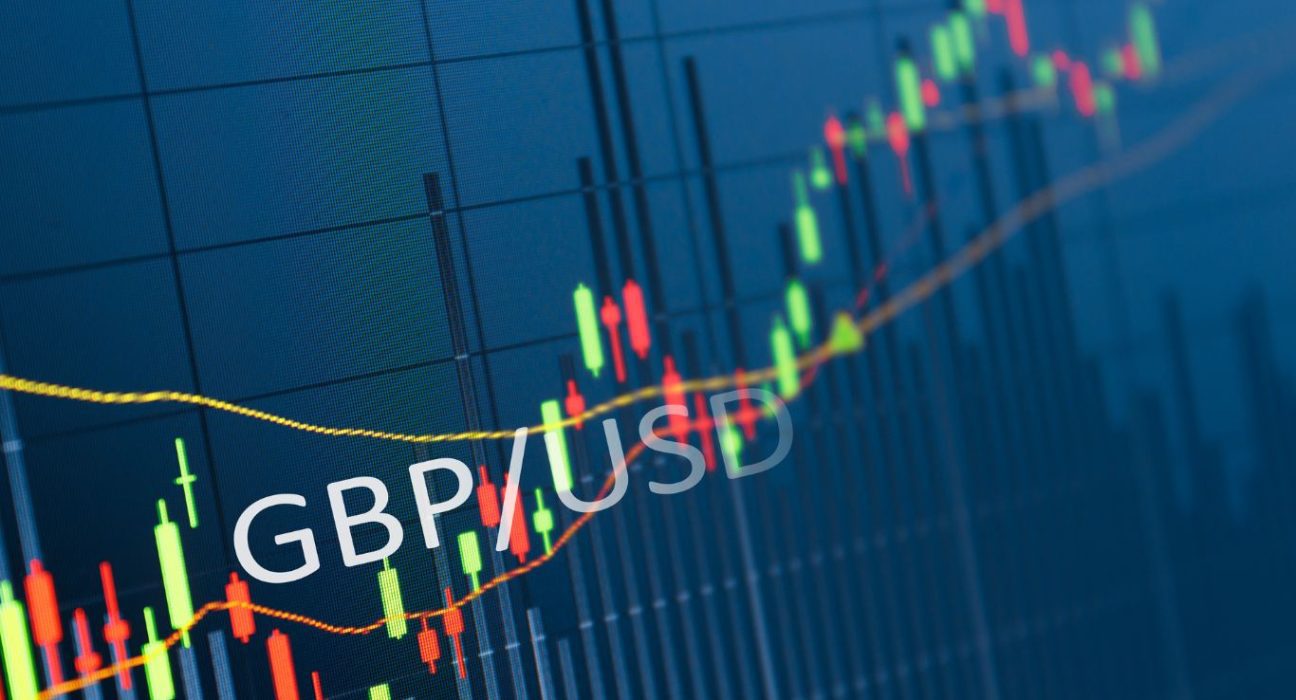Scotiabank economists report that a sustained push back above the 100-day moving average (DMA) of 1.2017 could enhance the GBP’s rebound, as the UK economy may hold up better than expected in the early part of this year.
UK Jan GDP Rebound Suggests Economy May Hold Up Better
The GBP has gained ground recently, with a move towards retesting the 1.20 area against the USD. According to economists at Scotiabank, a sustained push back above the 100-day moving average (DMA) of 1.2017 could enhance the GBP’s rebound, but trend signals remain bearish for the currency on daily and weekly studies.
In January, industrial and manufacturing activity was weaker than expected, but the service sector growth was stronger, driving a 0.3% gain in monthly GDP, which was above the 0.1% gain expected. These figures suggest that the UK economy may hold up better than most have been expecting in the early part of this year, and might even avoid a recession.
What is the 100-day Moving Average?
Before discussing how the 100-day moving average (DMA) can affect the GBP/USD exchange rate, it’s important to understand what it is. The 100-DMA is a technical indicator that represents the average price of an asset over the past 100 days. It’s used to identify the direction of a trend and to determine potential support and resistance levels.
When the price of an asset is trading above its 100-DMA, it’s considered to be in an uptrend, while a price trading below its 100-DMA is considered to be in a downtrend. As such, a sustained push back above the 100-DMA for the GBP/USD could suggest a shift in sentiment and potentially signal a rebound for the currency.
Impact of the Jan GDP Rebound on GBP/USD Exchange Rate
The January GDP rebound in the UK suggests that the country’s economy may hold up better than expected in the early part of this year. The stronger-than-expected growth in the service sector, which makes up a significant portion of the UK’s GDP, helped to offset weaker industrial and manufacturing activity.
The rebound in GDP could potentially support the GBP’s rebound against the USD, as it suggests that the UK economy is more resilient than initially thought. However, as mentioned earlier, trend signals remain bearish for the GBP on daily and weekly studies, which could limit any potential gains.
Outlook for GBP/USD Exchange Rate
The outlook for the GBP/USD exchange rate remains uncertain, as it’s subject to a number of factors, including economic data, political developments, and market sentiment. While the January GDP rebound suggests that the UK economy may hold up better than expected in the early part of this year, there are still concerns about the impact of Brexit on the country’s economic growth.
In the short term, a sustained push back above the 100-DMA for the GBP/USD could enhance the currency’s rebound. However, as trend signals remain bearish, any gains may be limited. It’s also worth noting that the COVID-19 pandemic continues to impact global markets and could potentially affect the GBP/USD exchange rate.
In conclusion, the GBP/USD exchange rate may rebound on a sustained push above the 100-DMA, but trend signals remain bearish for the currency on daily and weekly studies. The rebound in January GDP suggests that the UK economy may hold up better than expected, but uncertainties surrounding Brexit and the COVID-19 pandemic could potentially limit any potential gains for the GBP.










